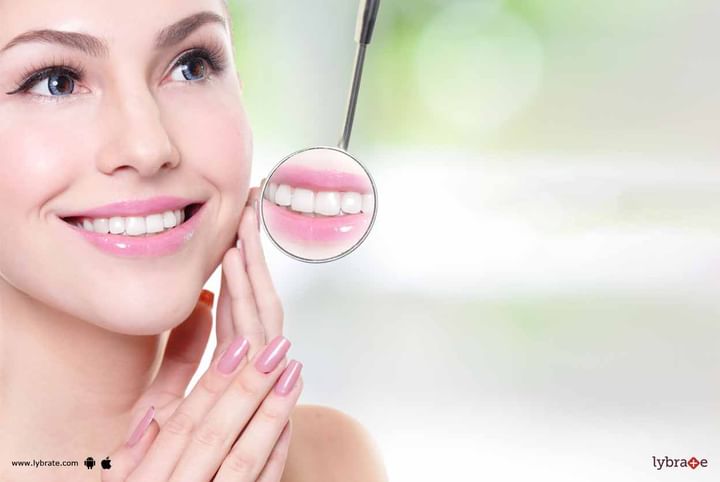Smile Designing - Things To Know!
There is always the constant attempt to look better and more appealing. To this effect, smile designing is one particular specialty of cosmetic dentistry with the sole aim of improving a person's smile.
Photographs of various angles, jaw tracing analysis, and simulation of images on the computer are all used to arrive at an optimal size, shape, contour of the jaw and the teeth that can produce the best smile for a given patient. These changes are then replicated on paper and tooth models if required and detailed discussion happen with the patient. Thorough patient counseling is done before initiating work at smile designing.
Some parameters that are manipulated to produce a good smile designing are as follows - first the tooth per se followed by the soft tissues:
- Tooth color: In most cases, the tooth color is changed using tooth whitening material or laser. Trust the dentist to achieve a balance between whiteness of the tooth and natural look. In some cases, silver amalgam fillings may be replaced with composite restorations to improve the appearance. Bridges with metal backup may be replaced with complete ceramic crowns too.
- Tooth alignment: Crooked or misshaped teeth can be corrected using veneers in minor cases and by orthodontic braces in severe cases. Again, if the patient is very conscious, aesthetic ceramic braces (read more about braces) can be used.
- Tooth length: If too much or too less of a tooth is showing during a smile, that needs to be corrected too. Longer teeth are considered to produce a younger appearance than short teeth, which usually is associated with old age and wear and tear. The gums can be reshaped as a part of crown lengthening.
- Missing teeth: Teeth that are missing produce a very bad smile and need to be replaced at the earliest for a better smile. Depending on various factors including age and bone health, the choice could be a crown or a bridge or an implant.
- Tooth ratio: When a person smiles, the front tooth are the most obvious and should have a ratio of length to width as 4 to 5. This produces a balanced smile.
- Tooth texture: Mottling or rough edges on the tooth surface can be corrected by veneers or small composite restorations. As regards the soft tissues.
- Gum line: The smile is reproduced on tracing and corrections are made to produce a better smile, even if it requires gum corrections.
- Fuller lips and cheeks: Surgical procedures or chemicals may be used to produce fuller lips and cheeks that improve a person's smile.
The next time you are not happy with your smile, visit a dentist. With so many parameters that affect your smile, a little correction could produce a better smile!



+1.svg)
